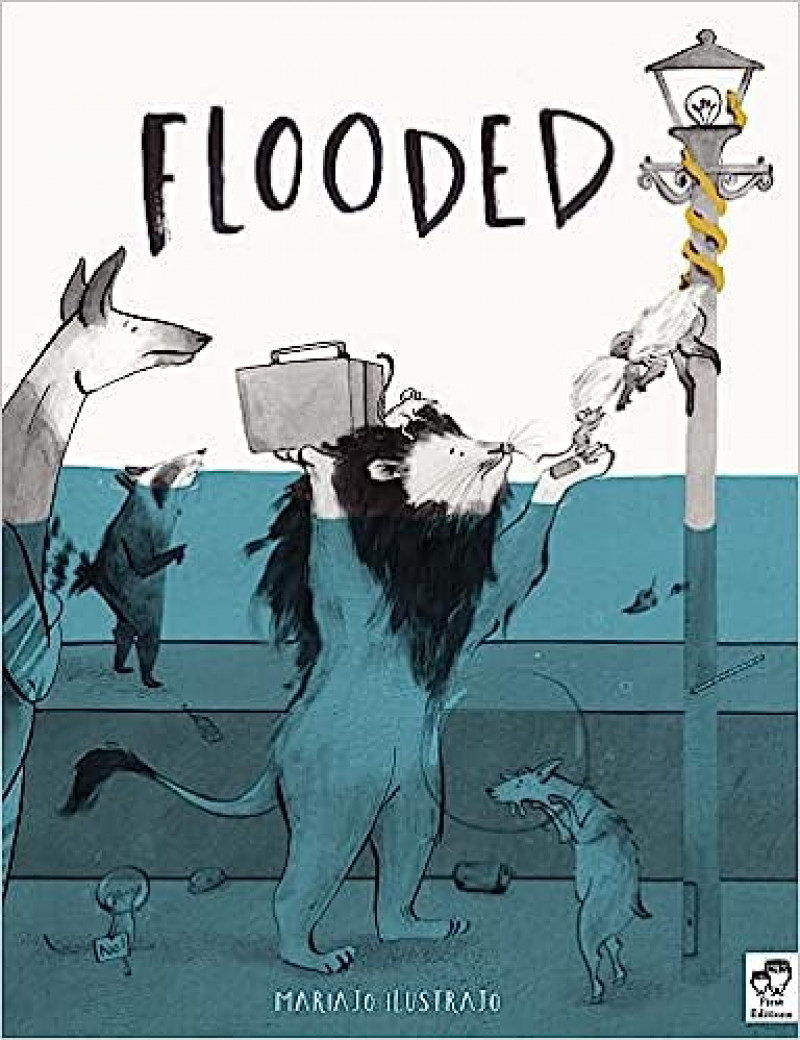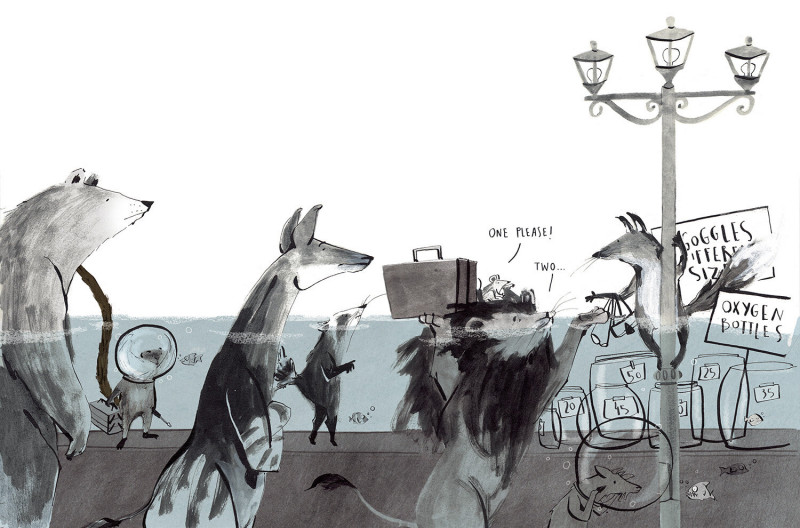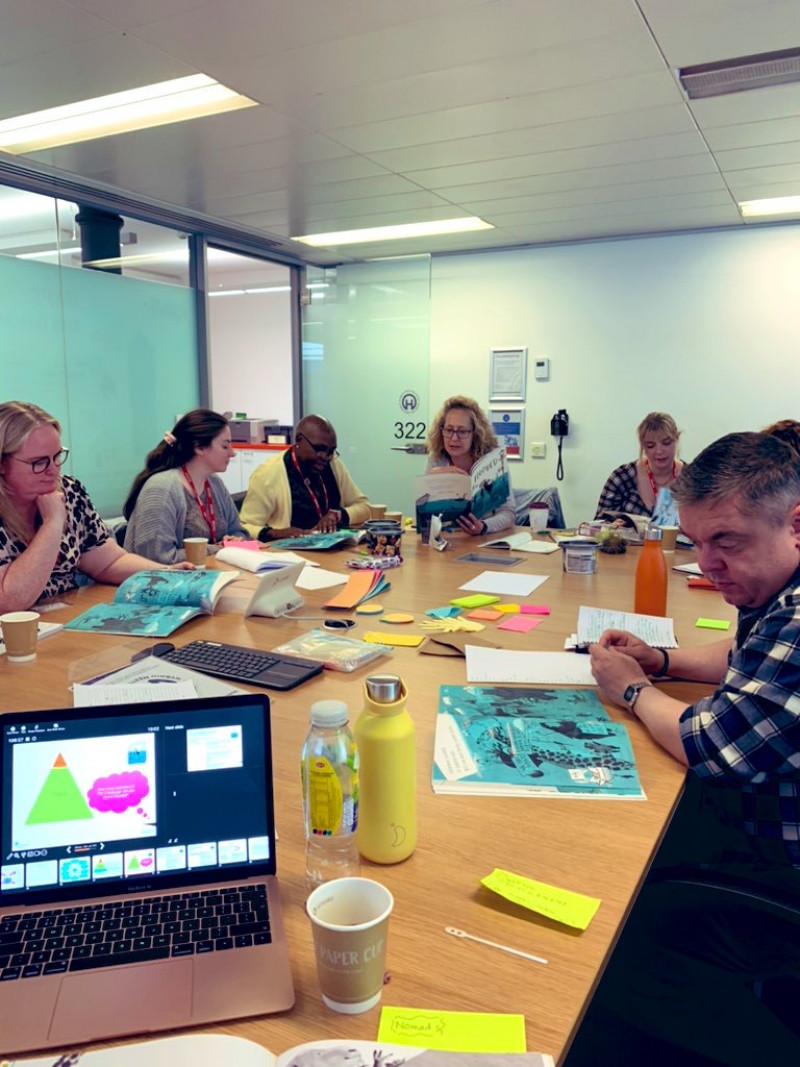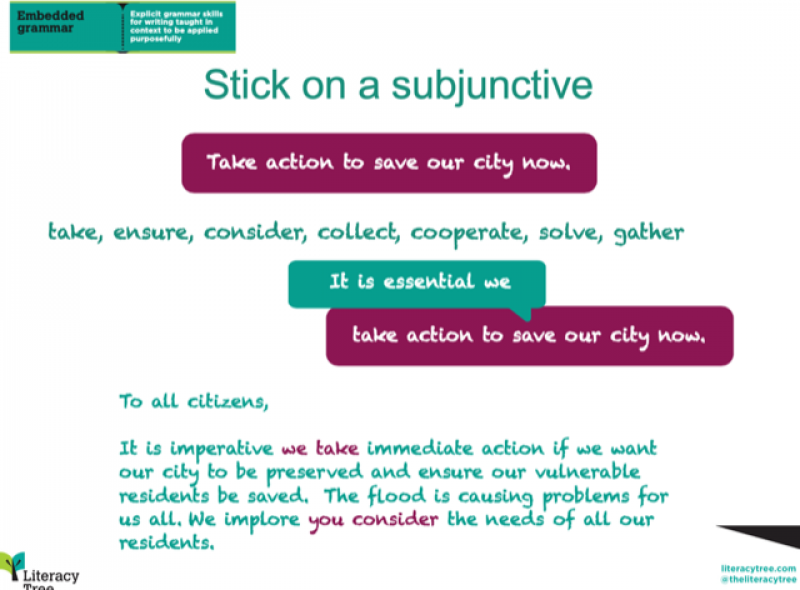Written byPippa McGeoch
Senior Consultant
See More
We were thrilled to send our brand-new Whole School Writing Root into the world earlier this month when it was shared with our lovely subject leaders. And several of our schools have already said that they’re going to explore this resource with their children when schools recommence after the summer break. But just how do we create these resources and what are the compelling reasons for working in this way? Well, here’s a little insight …
Choice of text
Sometimes (okay: often!) a book falls into our hands and we instantly know that it’s a good ‘un. And whilst not every book we’ve ever loved can become a text for a resource, some are destined so. Soon after Flooded by Mariajo Illustrajo was published back in May 2022, we knew we’d found the perfect text upon which to base our next Whole School Writing Root. From the book’s stylish illustrations replete with pastiche such as what appears to be ‘The Rabbit with the Pearl Earring’, to the incredible visual metaphor portrayed, what a debut!
Rationale for text-choice
How did we know that we’d selected the right text for a whole school to use? Well, firstly there are the visuals. The use of colour by the Spanish-born picture book maker, Mariajo, sees animals depicted in grey-scale, surrounded by blue water and then the Emperor Tamarin with his golden tail: hugely visually satisfying to all ages. Then there’s the plot-line: so simple and even familiar with echoes of books such as Emily Gravett’s Tidy and an emulation of the denouement of the trad. Russian/Ukrainian The Enormous Turnip. The book’s central themes of threat to safety; a lone voice who is desperately trying to help; community and a depiction of the ‘same storm but different boat’ adage will engender rich discussion. This, with the light text but pictures that paint a thousand words, is the very combination needed for a book to have universal appeal to children from EYFS to upper key stage 2. So, rationale for text choice made, we set about developing the resource.
Identifying writing opportunities
Although children working sequentially is a fundamental part of our approach, creating a Writing Root often isn’t a linear process … especially if it’s written with a whole school in mind! The first thing to consider is what the extended writing outcomes could be. Which audiences and purposes would be most engaging as writing contexts? And then how might the teaching content need to look? Once this has been decided, working backwards, we can identify what other opportunities children might be given ‘along the way’ in terms of written outcomes. And for each of these, we then consider the audience and purpose and therefore the requisite grammar, literary language and spelling. We must confess that, at this stage, we had the support of our brilliant Southwark subject leaders who freely gave their creative suggestions after they’d identified next year’s priorities.
Exploring the text
Then, once the decisions have been made around writing opportunities, we weave together text exploration, deciding how this can be packaged ‘at pitch’ for year groups/ages and stages. Some of the independent activities suggested see us pair cross-stage/phase year groups. This is to aid support and challenge whilst also uncapping opportunities for everyone and facilitating the collegiate approach we would hope that our whole school resources promote.
So, what are the most compelling reasons for using a Whole School Root in your school? Working in this way can:
- foster a shared learning experience around one text and a sense of community. This can be powerful at the start of a new year/term especially when there have been changes to staffing;
- help engender relevant, contextualised written outcomes with a clear sense of purpose;
- ensure written outcomes are ‘at pitch’ for each phase/stage but also aid revision, catch-up and extension where (and in whichever form) needed;
- provide the opportunity to group children creatively: into key-stages; Reception with Year 1; Year 2 with Year 3 and then Year 4 to Year 6, for example;
- be very supportive of teachers in small schools or schools with mixed age classes;
- provide stimulus for art activities and further learning in PSHE, science, geography and history.
- help support colleagues’ development of subject-knowledge and of identifying progression in terms of the curriculum.
- help leaders develop a secure overview of provision
We hope you enjoy the text, ‘Flooded’ as much as we do and that you will use the Whole School Root for this – or one of the other whole school texts we’ve created resources for. And do keep sharing outcomes with us!
Posted in: Curriculum





